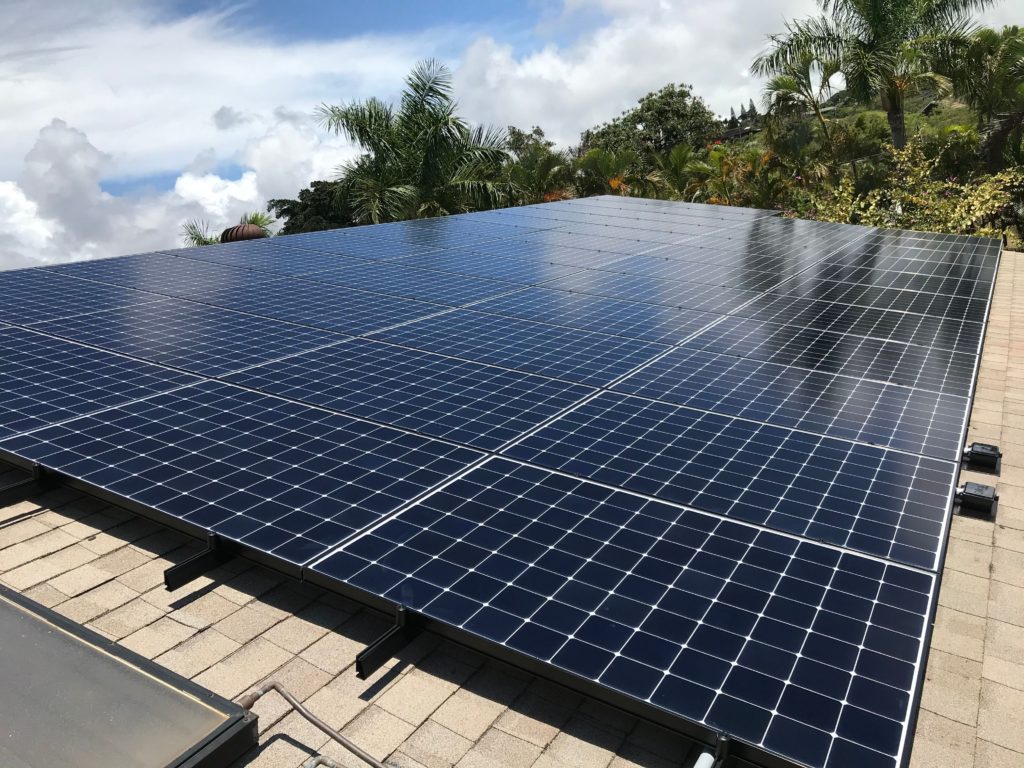Clean renewable energy sources, such as solar systems in Hawaii, are producing electricity that generates no greenhouse gas emissions from fossil fuels and without causing any type of environmental pollution.
In recent years, Hawaii has built a solid reputation as a clean energy leader across the country. More so, the islands are not slowing down in adopting innovative technologies in clean energy and implementing strategic plans to accelerate the growth of renewable energy.
Though energy is key to modern society, most common sources are untenable. The current energy mix is tied to several environmental pollutions including radioactive waste, acid rain, air pollution, freshwater pollution, and global climate change. The impacts of fossil fuels and global warming are significant reasons why clean energy is better.

In contrast, clean energy in Hawaii has the potential to match demand with less amount of environmental footprint and can help to eradicate other lingering problems like contributing to varied energy infrastructure and energy security.
Recently, President Joe Biden signed a stretching set of executive orders directing federal agencies to acquire carbon-free energy and electric vehicles, stimulate commercialization of clean energy technologies, speed up clean energy production and transmission projects, and make certain, that needy communities get what they deserve of the resulting economic and environmental benefits.
Solar energy production (including distributed) is predicted to grow, from 11 percent of total U.S. clean energy generation in 2017 to 48 percent by 2050, making it the fastest-growing source of electricity. But Hawaii’s clean energy target is expected to be achieved earlier.
The Hawaii Clean Energy Initiative (HCEI) is aimed at achieving the U.S. first-ever 100 percent renewable portfolio standards (RPS) by the year 2045. This reinforces the island’s status as a strong leader in clean renewable energy across the country.
More than 60% of U.S. energy is from fossil fuels. Other sources include nuclear and renewable sources. Wind and solar are currently the fastest renewable sources. But they only contribute the least amount of energy in the U.S.
Over the years, Hawaii has recorded significant growth in diversifying energy production and reducing dependence on imported and locally generated fossil fuels. The economic impacts of such growth haven’t gone unnoticed.
For instance, Hawaii is recording significant positive figures in the clean transportation sector. Currently, there are 12,716 EVs in Hawaii along with 286 public electric vehicle charging stations. Clean energy adoption in Hawaii is creating economic development and jobs in various sectors including installation, manufacturing, and so on.
For home and business owners, the benefits of clean energy in Hawaii are numerous. You can reduce or completely eradicate your energy bills by choosing to go green with PV solar panels. Even more, solar panels maintenance costs are extremely low. The system has no moving parts and only requires washing once or twice a year if covered with dust and debris.
One of the key questions many home and business owners are concerned about solar is financing. You can learn how to get pre-approval for solar loans within the shortest possible time and get the highest ROI on your investment. Here’s how to choose the best solar installer in Hawaii whenever you need one.


